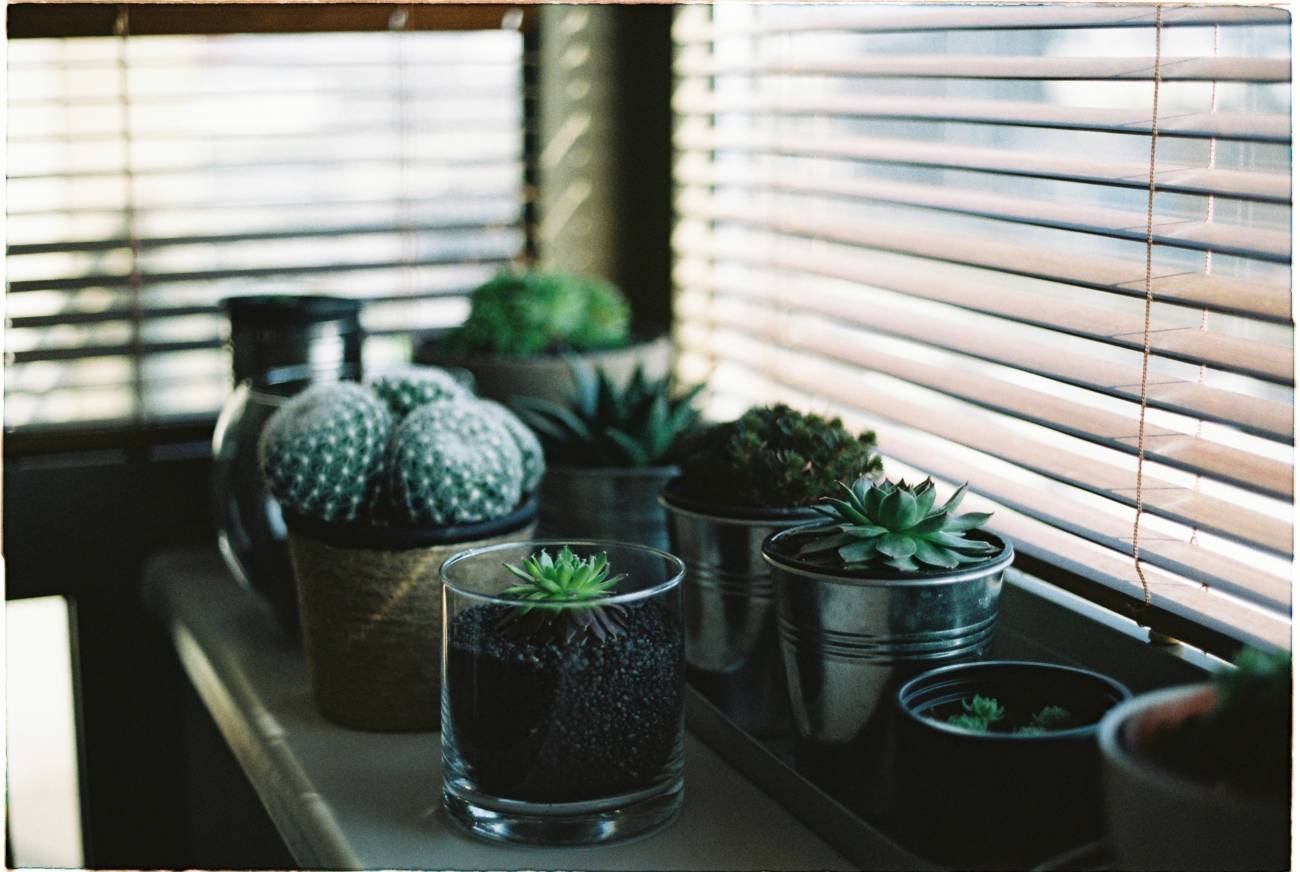NASA and the American College have revealed data showing which houseplants are best suited to our homes. Here, DM Design, a specialist designer with bedroom and bathroom showrooms in Edinburgh, outline what benefits these plants can bring to your household.
 Photo by Milada Vigerova on Unsplash
Photo by Milada Vigerova on Unsplash
Before delving too deep into the research provided by NASA and the American College, it’s important to think about how houseplants can improve your home.
Speaking to The Telegraph, gold-medal winner at the RHS Chelsea Flower Show and interior landscaper Ian Drummond states that houseplants can be a very practical tool for homeowners. He said: “Many people now live in cities with no outside space. We all have this longing to have some green around us, and houseplants are the perfect solution.”
Houseplants can also improve the smell in your home by acting as clean air machines. This, of course, comes without the significant cost. Studies have shown that houseplants have been found to help with concentration, promote better sleep and reduce anxiety among people who live around them on a day-to-day basis too. The Plantsman, when reporting on a 2016 piece which was published in the RHS’s journal, underlined: “As placing indoor plants in rooms is one of the simplest changes that can be made to enhance the environment, it stands out as a practical and affordable support for health.”
Let’s run through four of the top plants that NASA and the American College recommend you place around your household to provide a healthier and more relaxing environment:
Also known as Aloe Barbadensis, Aloe Vera has been grown around the world for thousands of years as a form of medicine. This is because the clear and cool gel of an Aloe Vera leaf can be applied to burns, cuts, rashes and areas of sunburn to provide instant relief and speed up the healing process.
Aloe Vera plants are also said to be one of the best plants for air purification by NASA as they release oxygen on a regular basis during the night, not to mention fighting against both benzene — an ingredient of detergents — and formaldehyde — found in varnishes — to ensure a room’s air remains pure.
It is advised that Aloe Vera plants are kept inside the home as, because they are made up of a lot of water, they are susceptible to frost. The best location for them is in a space that receives plenty of sun throughout the day. Furthermore, plant them in a spacious pot that contains soil which has been well drained beforehand.
The Boston Fern plant is an aesthetically pleasing plant that also goes by the name Nephrolepis Exaltata. It has graceful green and drooping fronds that are naturally cut to create a ruffled effect.
NASA rank it in ninth place on its list of the best air-purifying plants. A key reason for this is that the plant is very adept at removing formaldehyde from rooms.
Be sure to place this plant in a location that will be away from chemicals due to its sensitivity. Smoke which comes from coal fires and wood burners can also be toxic to the plant, which means that they should be placed away from any spaces susceptible to draughts.
A great place to put this plant would be across the edge of a shelf or bookcase due to its drooping appearance.
The Chinese Evergreen plant— also known as Aglaonema — is one of the easiest houseplants to look after due to it being able to grow even in areas of low light. This makes it perfect for dark rooms, including bedrooms.
From a health perspective, it helps remove toxins from a room, removing more and more as time passes and its exposure to the space grows.
Be sure to keep the Chinese Evergreen away from bright sunlight, however, as this will scorch its leaves. The plant should be watered regularly with cool water and fed with plant food once every three to four weeks.
This plant has a wide range of names, including Chrysalidocarpus Lutescens, Dypsis Lutescens, the Bamboo Palm, the Golden Cane Palm and the Yellow Butterfly Palm.
As well as making NASA’s list of top 10 air purifying plants, it is said to help those of us who are susceptible to colds or sinus problems due to it regularly releasing moisture into the air.
Its tropical appearance will brighten up your space aesthetically thanks to its long and graceful feather-shaped fronds.
When placing Areca Palm plants around your home, you should seek out an area that subjects the plant to bright but indirect light — you’ll know if it is being exposed to direct sunlight as the leaves will begin to turn a yellowish-green hue.
This is a collaborative post.
Sources:
http://www.dailymail.co.uk/femail/article-5009063/The-plants-NASA-says-NEED-bedroom.html
https://www.gardeningknowhow.com/houseplants/aloe-vera/aloe-vera-plant-care.htm
https://www.gardeningknowhow.com/houseplants/areca-palm/growing-areca-palm-indoors.htm
http://homeguides.sfgate.com/special-care-areca-indoor-palm-trees-43127.html
https://www.ourhouseplants.com/plants/boston-fern
https://www.flowercouncil.co.uk/campaign/october-2016-chinese-evergreen-is-houseplant-of-the-month